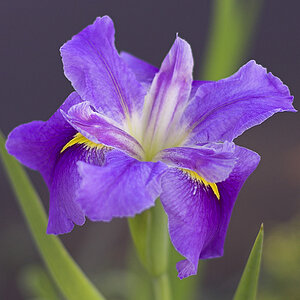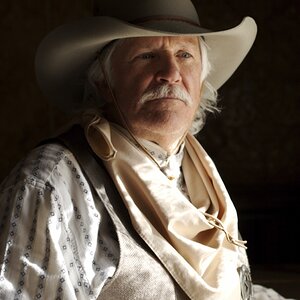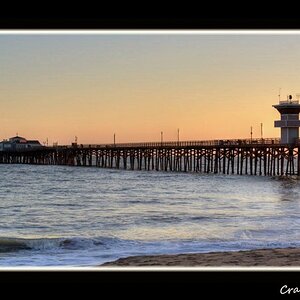I am fairly new to photography. I have a Canon g1 and I am considering upgrading to an SLR. I want to use the camera for larger prints at times.
I would like to be able to make prints in the 36X48 to 48X48 range. I have read a number of articles about techniques to make these sixe prints. My question is, can I use an 8.0 or 10.0 megapixel for these types of prints?
Will it make a big difference between 8 and 10 megapixels?
Thanks for any suggestions.
I would like to be able to make prints in the 36X48 to 48X48 range. I have read a number of articles about techniques to make these sixe prints. My question is, can I use an 8.0 or 10.0 megapixel for these types of prints?
Will it make a big difference between 8 and 10 megapixels?
Thanks for any suggestions.


![[No title]](/data/xfmg/thumbnail/37/37491-9a5a4b87cc7adab94e5cc59f2da93701.jpg?1619738112)
![[No title]](/data/xfmg/thumbnail/33/33436-1304fb294d2141a65ae8309383a3e52a.jpg?1619735968)


![[No title]](/data/xfmg/thumbnail/37/37488-1946adf246ec6e047915c668d3dcff15.jpg?1619738111)



![[No title]](/data/xfmg/thumbnail/37/37490-9848752f4de5e403f7f20db193e0fb64.jpg?1619738111)


![[No title]](/data/xfmg/thumbnail/38/38443-d3f00036791c5f915b132320c9ac8865.jpg?1619738614)